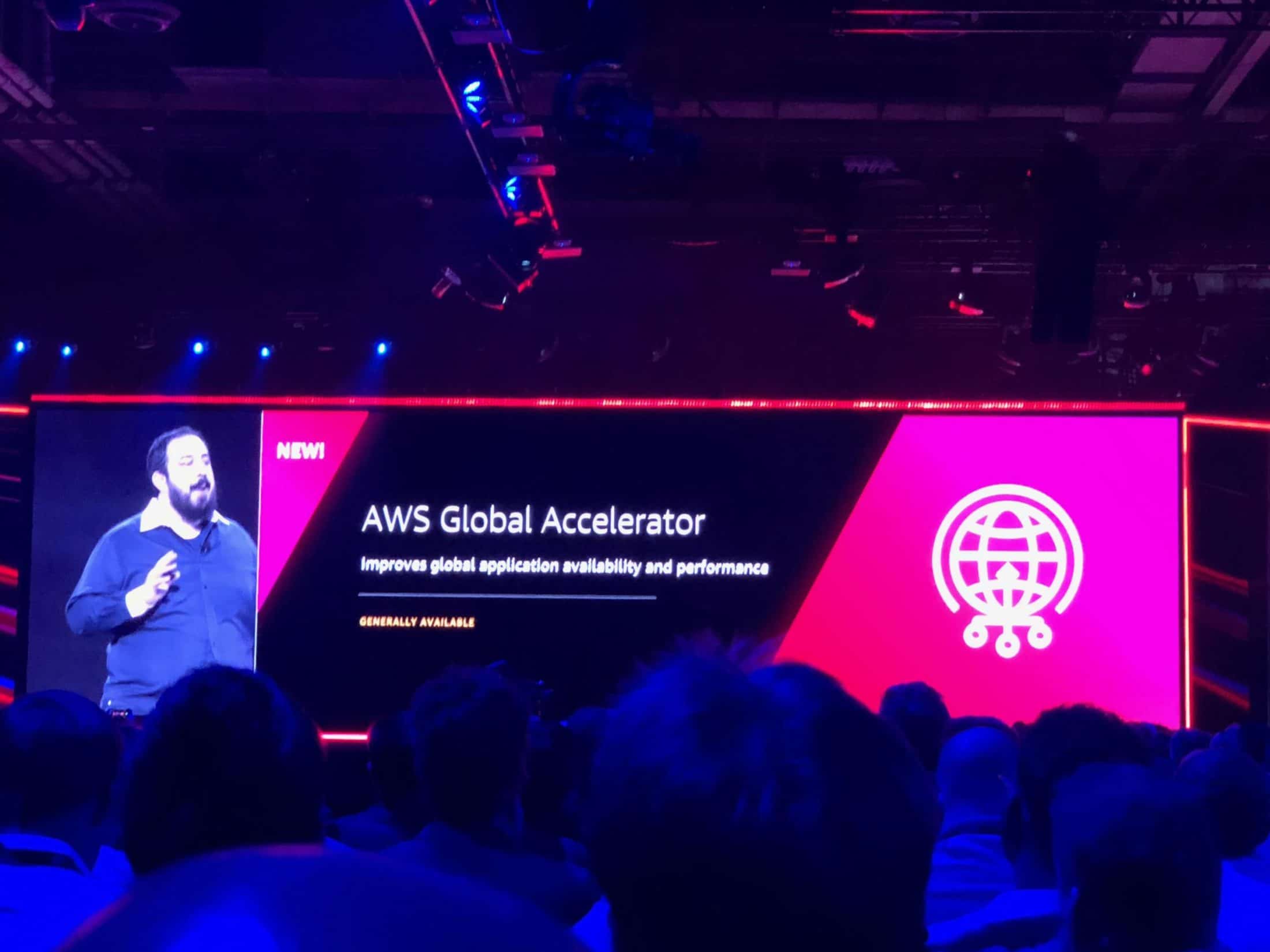
Now that Re:Invent is at full speed the flurry of new features is relentless. Let’s go through a couple of the most noteworthy announcements from Day 1.
IoT
IoT has received a lot of love.
- IoT sitewise (preview) is targeting entire plants and industrial equipment instead of small sensors normally associated with IoT.
- IoT events (preview) is targeted for event correlation between multiple sensors and helps to recognise system-wide events and also enables alerting in such occurrences.
- IoT greengrass is extended with external app-connectors, hardware root of trust (using Hardware Security Modules or Trusted Platform Modules) and more.
- IoT Things Graph (preview) is an easy way for developers to build IoT applications. IoT Things Graph hides low level details and enables packaging as reusable components.
- Also, Bluetooth Low Energy is now supported in Amazon RTOS (beta).
So overall there were quite a few announcements in the IoT space. If you are doing IoT there should some interesting features announced which makes life a lot easier.
AWS Transit gateway

A new feature which allows users to connect their VPC’s and on-premise networks to a single gateway. Transit gateway acts as a centralised hub where VPC’s and on-premise connect as spokes. It includes support for dynamic and static routing. Since Transit gateway allows forwarding of DNS queries it is possible to resolve IP’s on other VPC’s that are connected to Transit gateway. In addition, there are monitoring, security and management using IAM and Cloudwatch. There’s also support for Equal Cost Multipath (ECMP) when routing via VPN connections to on-premise.
Overall Transit gateway is a huge step forward in networking. It makes creating complex topologies much easier. Especially enterprise-customers who might have multiple accounts used by multiple departments should now be able to create more uniform access to on-premise instead of connecting different VPC’s individually via VPN/Direct Connect.
AWS Global Accelerator

If Transit gateway is useful for inter-VPC communications then AWS Global Accelerator is at least equally useful but targeted to the Internet. With Global Accelerator, applications can make use of the AWS global networking backbone. Global accelerator removes the need for managing different IP-addresses for different regions. Global Accelerator reserves 2 IP’s and anycasts on those globally. Traffic is directed to the AWS network in the nearest POP and from there it travels via the AWS network until it reaches its endpoint. Endpoints can be configured as different AZ’s or regions and are continuously health-checked. Global Accelerator greatly simplifies multi-region setups and provides smoother end-user experience.
This is definitely on my ”gotta try it out”-list. One more step in making multi-region setups more common.
Nitros and more
With the new AWS hypervisor system called ”Nitro” there is now a new instance type C5n featuring 100Gbps networking speed. Not much more about that can be said. More bandwidth is always good and for customers who are maxing out 10Gbps or 25Gbps this is a welcome relief.
Then we have a very interesting announcement. EC2 A1 instances. The interesting part is the 64bit ARM-processor with custom designed silicon called ”Graviton”. That’s it – no x86. There are several Linux-distributions which can be run on these instances and it will intresting to see what kind of adaptation these machines will receive. Moving out of the AWS context it’s also interesting to see ARM-processors starting to take on areas normally dominated by x86 chips. Apple’s A10 chip and now Graviton from Amazon. Should Intel feel threatened? Time will tell.
Ever wondered what kind of server-fleet is running customers lambda-functions? Or Fargate-containers? Wonder no more since AWS has released ”Firecracker” which is microVM for a running container. Will this technology find its way into other open-source projects?
Wrap up
Today’s announcements have been touching some very fundamental building blocks. Fundamentals have changed so much that developing multi-region applications or multi-account networking look a lot different than they did 24h ago.
More announcements and news are being released throughout the week. I’ll post again tomorrow tomorrow; let’s see what suprises AWS has prepared for us!



